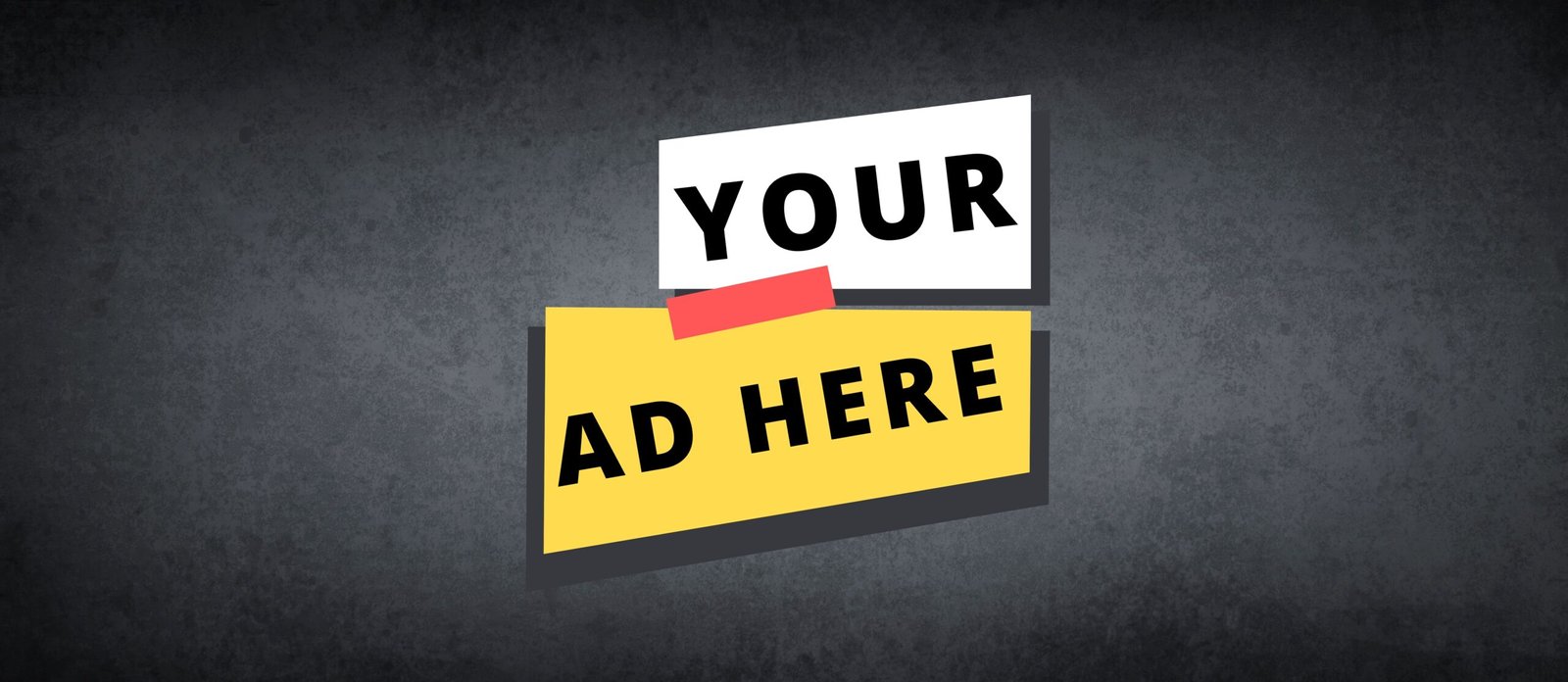For artists, a commission represents an exciting opportunity: a chance to create a piece tailored to a client’s vision while earning a predictable income. However, commissions carry greater risks than selling existing artwork, as they involve future labor, specific expectations, and often multiple rounds of feedback.
To protect your time, intellectual property, and financial stability, a strong, clear written contract is absolutely essential. This contract is your shield and your roadmap.
Here are the essential clauses every artist needs in a commission contract:
1. Project Scope and Final Approval (Defining the “What”)
This is the most critical section, as it establishes the precise boundaries of the work and prevents “scope creep”—when a client continually asks for uncompensated additions.
- Detailed Specifications: Clearly define the final product. This must include:
- Medium and Materials: (e.g., Oil on linen, 30″ x 40″, not “A large painting.”)
- Final Appearance: Reference a specific sketch, mock-up, or color palette provided and agreed upon by the client. State explicitly that the final work will be based on these agreed-upon visuals.
- Artist’s Discretion Clause: Include language stating that the artist retains the right to make minor aesthetic or technical changes necessary during the fabrication process, upholding the integrity of the artistic vision.
- Final Approval & Completion: Define what constitutes the “completion” of the work. State that once the client provides written final approval, no further changes will be made, and the final payment is due.
2. The Payment Schedule and Kill Fees (Defining the “Money”)
This clause ensures you are paid for your time, even if the client changes their mind halfway through the process.
- Non-Refundable Deposit: Always require a non-refundable deposit (typically 25% to 50% of the total fee) before any work begins. This covers your initial material costs and the labor involved in conceptualization, sketches, and planning.
- Milestone Payments: For large or long-term projects, structure payments around specific milestones (e.g., completion of concept sketches, completion of the underpainting, final delivery). This provides steady cash flow and ensures the client remains invested.
- The Kill Fee (Cancellation Clause): This is a key protection. It dictates what happens if the client terminates the project. The contract should stipulate that:
- If the client cancels, all payments made to date are non-refundable and kept by the artist.
- If the artist cancels (due to unforeseen circumstances), all funds received except for the costs of materials already purchased should be returned to the client.
Example Language: “Should the Client terminate this agreement at any time after the signing date, the Artist shall retain all payments made to date as a Kill Fee to cover time, materials, and lost opportunity.”
3. Intellectual Property and Usage Rights (Defining the “Ownership”)
This is often the most misunderstood area. When you sell an artwork, the client buys the physical object, but the artist nearly always retains the copyright (Intellectual Property, or IP).
- Copyright Retention: State clearly that the artist retains all copyright to the commissioned work, including the right to reproduce, publish, and create derivative works (prints, merchandise, inclusion in monographs, etc.).
- Client Usage: Specify exactly how the client can use the physical work. For example: “The Client may display the work privately and publicly. The Client may not reproduce the image for commercial purposes (e.g., selling prints or merchandise) without a separate, written licensing agreement.”
- Artist’s Right to Documentation: Reserve the right to photograph or reproduce the work before and after delivery for your own promotional use (website, portfolio, social media). This is vital for your career.
4. Revision Limits and Change Orders (Defining the “Process”)
This clause combats endless back-and-forth edits and protects your time from becoming a bottomless resource.
- Defined Revision Rounds: Specify a maximum number of revision rounds (e.g., two small revisions after the initial sketch phase). This forces the client to consolidate their feedback and be decisive.
- Change Order Fee: State that any major changes requested by the client outside the original scope or beyond the specified revision limit will be treated as a “Change Order” and billed hourly at a rate defined in the contract (e.g., $75/hour).
- Timeframe: Clearly state a timeframe for the client to provide feedback (e.g., 7 days). If they fail to meet this, the project timeline is automatically extended, and the artist is released from the original deadline.
5. Shipping, Installation, and Liability
Define who is responsible—and who pays—for the safe transit of the finished artwork.
- Delivery Responsibility: Clearly state whether the cost of shipping, crating, and insurance (during transit) is included in the total fee or will be billed separately. It is highly recommended that the client pays for shipping and transit insurance.
- Installation: If the work requires specialized installation, state whether the artist’s installation time is included, or if the client is responsible for hiring and paying third-party installers.
- Liability Transfer: Specify the exact point at which liability for the artwork transfers from the artist to the client (e.g., “Liability transfers to the Client immediately upon the work being picked up by the agreed-upon shipping company or upon the Client’s acceptance signature at delivery.”).
By incorporating these essential clauses, the artist moves from a vulnerable service provider to a secure professional partner, ensuring the commissioned project is creatively fulfilling and financially sound.


















